UNIQUE SMILES
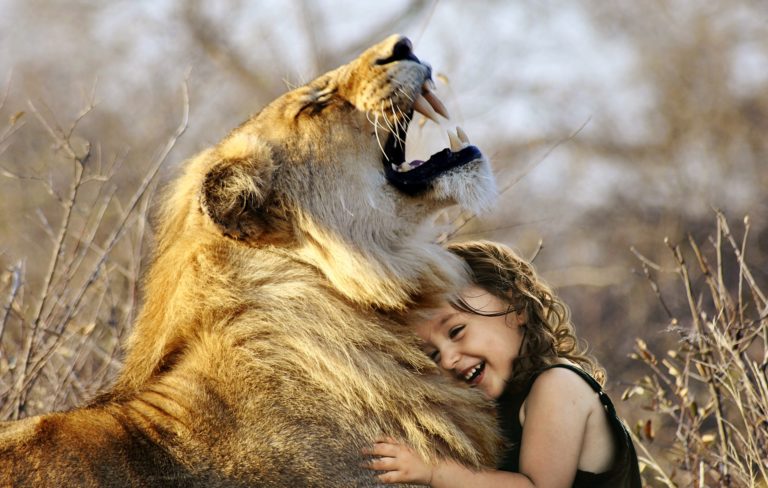
List of.....CONDITIONS THAT MAY REQUIRE BRACES
Tooth Protrusion:
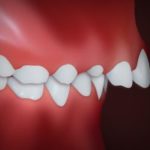
This condition is marked by the upper teeth extending abnormally beyond the lower teeth; The upper teeth “stick out” too far.
A result of this, a person’s profile may be affected, as well as speech and self-confidence may be reduced. The cause is often genetics which is expressed skeletally. Other causes may be due to a habit such as thumbsucking, tongue thrust or lip entrapment. Tooth protrusion may require surgical intervention and/or habit change. If the cause is a habit then Myofunctional Therapy may be necessary. It is important to determine the cause with the help of an Orthodontist, the degree of severity will be determined and a treatment plan will be provided.
Crowding:
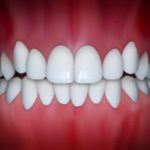
Crowding is the most common issue people notice about their smile and teeth. It may be an early sign that there is not enough space, or lack of bone growth to accommodate adult teeth. One option for crowding is expansion which depends on the age of the patient. Expansion is best at an early age, once a patient is older expansion is more difficult because bone becomes more rigid and inflexible. If expansion is not possible, then extractions may be required. Once again, it is best we help with an early evaluation. No commitment necessary, free evaluation is strongly suggested.
Spacing:
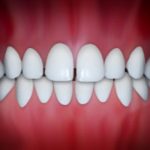
Please know that Spacing is a normal finding in primary dentition. In adult dentition, however, spacing may be a sign that there is a tongue thrust habit. This is a difficult habit to break or to change. Yet, it is important to make that change because it can ultimately damage the strength and integrity of the anterior teeth and bone. Spacing may also be caused by congenitally small teeth, teeth that at birth are small. The cause of spacing is important to determine, from that information a remedy is possible. We will help determine the best treatment choices depending on the cause of spacing. One choice may be that NO Orthodontic treatment is necessary and Veneers will, in one day, remedy the problem. Evaluation of this situation would be prudent.
Open Bite:
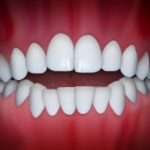
Open Bite is a sign that there is not sufficient space for the tongue and /or that there is a Tongue Tie or Thrust issue. Open Bites are sometimes the first sign that there is an airway issue with a growing child and a mouth breathing habit. Correction of an Open Bite first requires determining the cause. If you witness an open bite pattern developing, please find an Orthodontist to help evaluate. Oral Surgery may be the choice, but prior to that determination, expansion may be required. Again, evaluation in-person is the best first step to finding a remedy.
Deepbite:
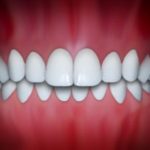
A Deepbite is a tooth relationship when the upper teeth cover the lower teeth to some degree. This condition is often the result of a dip, a curve in the lower arch. Improving a deepbite often requires leveling the lower arch. To achieve this result, with the help of braces, some teeth need to be intruded while others extruded. One long term disadvantage of a deepbite is wear on the teeth. Persons with a deepbite tend to grind and to wear down their teeth over time. Orthodontic treatment for this condition is not particularly dramatic, not noticeably different, but in time the teeth may shorten and wear down, so it is important to address and improve.
Underbite:
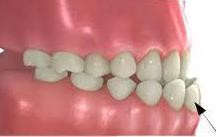
An Underbite is when the upper front teeth rest behind the lower front teeth. This problem is usually genetic and may require Oral Surgery. Diagnosing the Underbite should be with the help of a professional because the other cause may be posture. If crowding is combined with and underbite it might be necessary to alleviate the crowding early.
Crossbite:
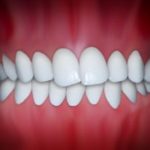
A crossbite occurs when the upper teeth sit inside the lower teeth, which may cause misaligned jaw growth. Also, this condition may create an uneven appearance of the face. The tongue may be blocked out to some degree which may result in a lisp or speech impediment.
Midlines Not Aligned:
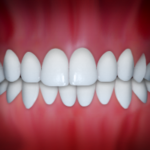
When Upper and Lower Midlines do not match this may have a number of causes. One may be a tooth size discrepancy, another may be due to posterior bite is uneven. This may impact jaw and dental function. Premature exfoliation or extraction of primary teeth is also another possible contributor to this condition….best to make an appointment so we can help evaluate the situation.